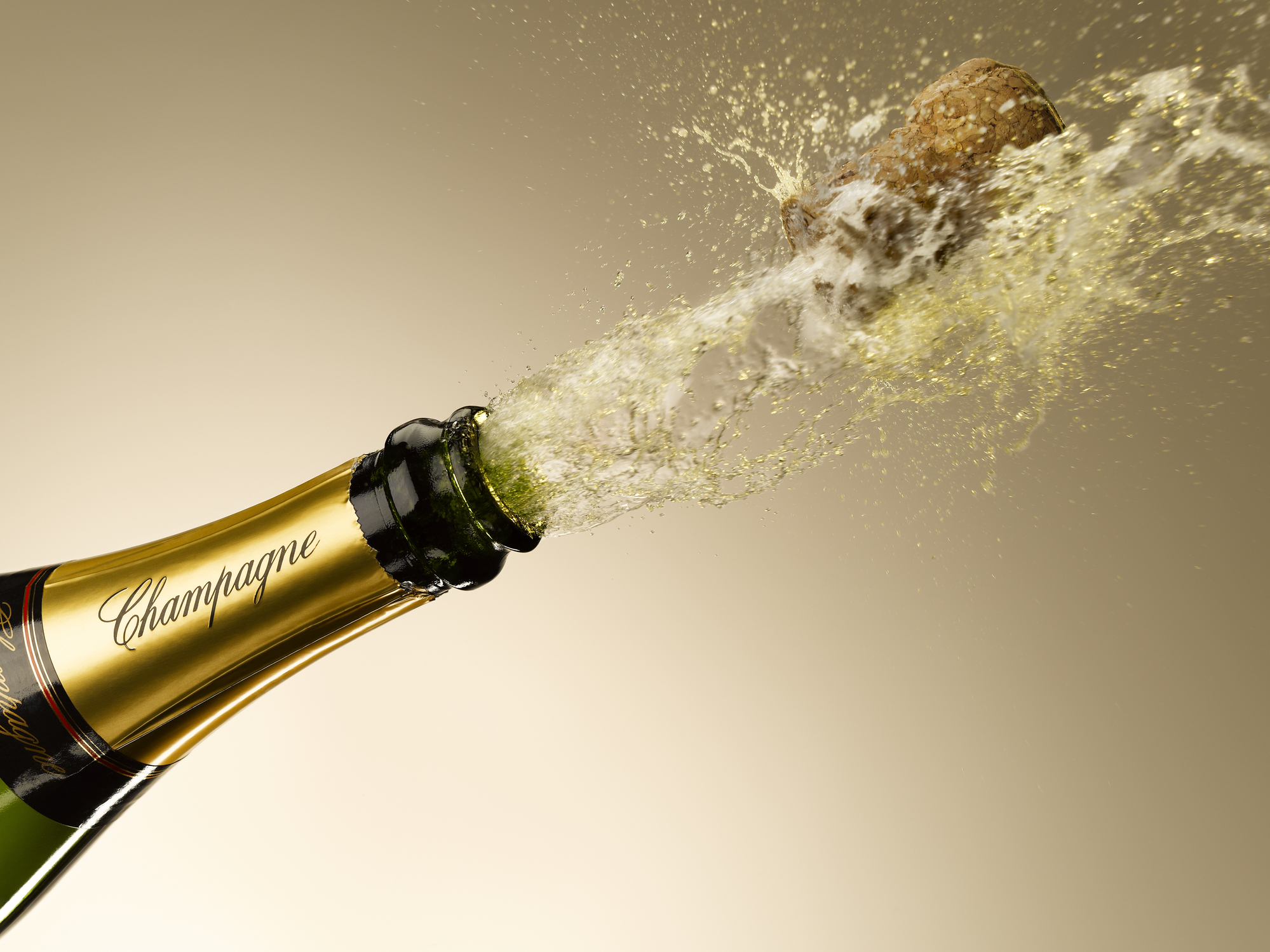Throughout the annals of scientific inquiry, there exists a poignant juxtaposition between the rigorous methodology employed in experimental design and the ecstatic euphoria encapsulated in the celebratory act of popping a champagne cork. This celebratory ritual, often accompanying significant scientific achievements, invites a deeper reflection on the nature of discovery. The phenomenon, which is both personal and collective, reveals a fascinating interplay between the human experience and scientific advancement.
At the outset, it is essential to delineate what constitutes a “Eureka” moment in the realm of science. These pivotal instants of revelation typically arise during meticulous experimentation or the synthesis of seemingly disparate ideas, culminating in an epiphany that radically alters comprehension within a given discipline. The concept of such moments can be traced back to Archimedes, whose legendary cry upon discovering a method to measure the purity of gold in his bath highlights the quintessential joy associated with scientific discovery. Thus, the celebration of these achievements, often characterized by the effervescence of champagne, beckons an exploration of the connotative richness associated with such ritualistic observances.
The ineffable allure of champagne itself serves as a fitting metaphor for the transformative nature of scientific understanding. The complex process of fermentation and the interplay of sugar and yeast, culminating in the production of carbon dioxide, parallels the intricate dance of elements and principles that coalesce to yield groundbreaking insights. As the bubbles ascend, they symbolize not just the effusive joy of accomplishment but also the rise of new ideas that have traversed the sometimes turbulent waters of theoretical speculation.
Moreover, the act of celebrating with champagne serves as a communal festivity, allowing scientists to share their triumphs with colleagues, mentors, and students. This collaboration engenders a sense of kinship, forging connections that extend beyond the laboratory. The chemistry of camaraderie is akin to that observed during collaborative scientific endeavors, where the pooling of diverse expertise often precipitates unexpected breakthroughs. The shared experience of a “champagne moment” reinforces the social fabric that underpins scientific communities, accentuating the notion that knowledge is not merely a product of individual genius but rather a collective endeavor.
Delving deeper into the psychology of these celebratory moments, one must acknowledge the emotional resonance associated with significant scientific milestones. The sheer weight of time, effort, and intellectual rigor invested in a research project culminates in these euphoric instances, framing them as critical benchmarks in an academic career. From the initial hypothesis to the arduous trials of experimentation, the journey often evokes a spectrum of emotions, including frustration, doubt, and ultimately, triumph. In this context, champagne becomes an emblem of resilience, encapsulating the triumph over adversity and the elation of overcoming challenges that beset the scientific process.
Further examination reveals a philosophical dimension to such celebrations. The act of engaging with champagne during a moment of discovery prompts reflection upon the nature of knowledge itself. Science, at its core, is a relentless quest for understanding, often fraught with ambiguity. When an idea crystallizes into clarity, the celebration transcends mere acknowledgment; it evolves into a recognition of the pursuit of truth. Champagne, in this respect, becomes a vessel through which scientists can commune with the profound nature of their work, embracing the uncertainty and reveling in the joy of newfound enlightenment.
Yet, it is worth noting the dichotomy between the celebratory surface and the underlying complexities of science. While the act of popping champagne may appear superficial, it belies a deeper resonance within the scientific community. The contrast between the jubilation of a successful experiment and the continuity of inquiry emphasizes the transient nature of individual achievements within the broader narrative of scientific progress. Each celebration, while momentarily exhilarating, is juxtaposed against an ongoing quest for knowledge, reminding practitioners that every discovery is but a stepping stone towards more extensive exploration.
The ritualistic consumption of champagne, particularly in the context of scientific advancements, also invokes cultural and historical implications. The tradition of toasting—a gesture laden with symbolism—serves to recognize both the individual and collective effort that underpin scientific inquiry. The nuanced exchange of ideas and perspectives that occurs during these gatherings fosters an ethos of collaboration, which is intrinsic to the advancement of knowledge. This broader recognition of shared effort underscores the interconnectedness of scientific disciplines, rendering the celebration of one’s success a vindication of communal endeavor.
As the bubbles in champagne rise and dissipate, they mirror the fleeting nature of discovery and the evolving landscape of knowledge. Scientific paradigms are often overshadowed by new theories that emerge as understanding deepens. In this light, every champion of a Eureka moment must remain cognizant of the impermanence of their achievements. Embracing the joy of discovery while maintaining an openness to future inquiries epitomizes the essence of scientific exploration.
In conclusion, the celebration of scientific achievements, encapsulated in the ritual of champagne, offers layered significances that extend beyond mere festivity. These moments reflect the complexities of human endeavor, encapsulating the joys, struggles, and communal experiences within the scientific milieu. Ultimately, as one raises a glass in celebration, it is not merely the liquid effervescence that invigorates the spirit, but the recognition of humanity’s relentless pursuit of understanding—an odyssey that continuously unfolds with each newfound revelation.












